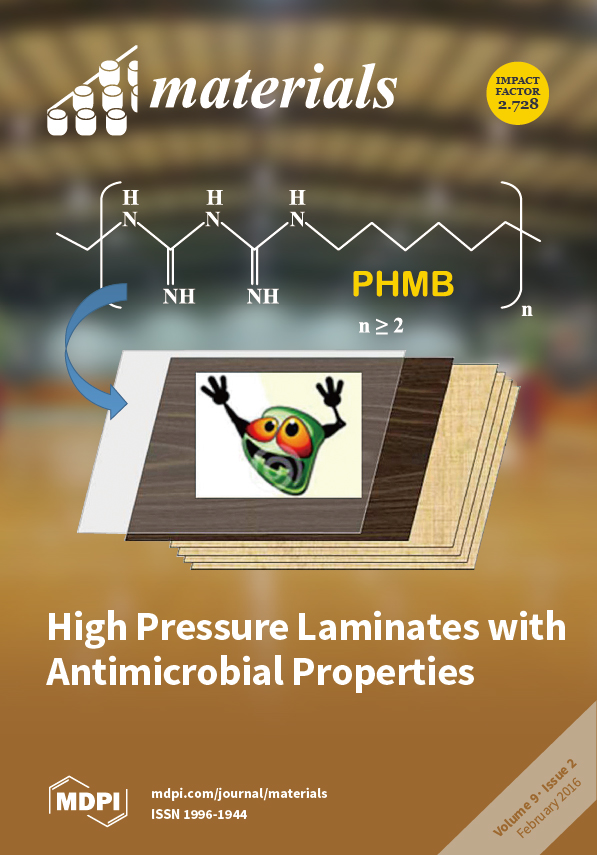Mn was an important alloying element used in Al–Mg–Mn alloys. However, it had to be limited to a low level (<1.0 wt %) to avoid the formation of coarse intermetallics. In order to take full advantage of the benefits of Mn, research was
[...] Read more.
Mn was an important alloying element used in Al–Mg–Mn alloys. However, it had to be limited to a low level (<1.0 wt %) to avoid the formation of coarse intermetallics. In order to take full advantage of the benefits of Mn, research was carried out to investigate the possibility of increasing the content of Mn by studying the effect of cooling rate on the formation of Fe- and Mn-rich intermetallics at different content levels of Mn and Fe. The results indicated that in Al–5Mg–Mn alloy with low Fe content (<0.1 wt %), intermetallic Al
6(Fe,Mn) was small in size and amount. With increasing Mn content, intermetallic Al
6(Fe,Mn) increased, but in limited amount. In high-Fe-containing Al–5Mg–Mn alloys (0.5 wt % Fe), intermetallic Al
6(Fe,Mn) became the dominant phase, even in the alloy with low Mn content (0.39 wt %). Cooling rate played a critical role in the refinement of the intermetallics. Under near-rapid cooling, intermetallic Al
6(Fe,Mn) was extremely refined. Even in the high Mn and/or high-Fe-containing alloys, it still demonstrated fine Chinese script structures. However, once the alloy composition passed beyond the eutectic point, the primary intermetallic Al
6(Fe,Mn) phase displayed extremely coarse platelet-like morphology. Increasing the content of Fe caused intermetallic Al
6(Fe,Mn) to become the primary phase at a lower Mn content.
Full article






